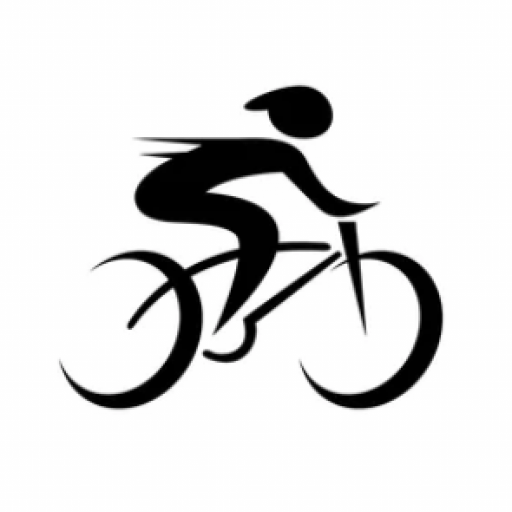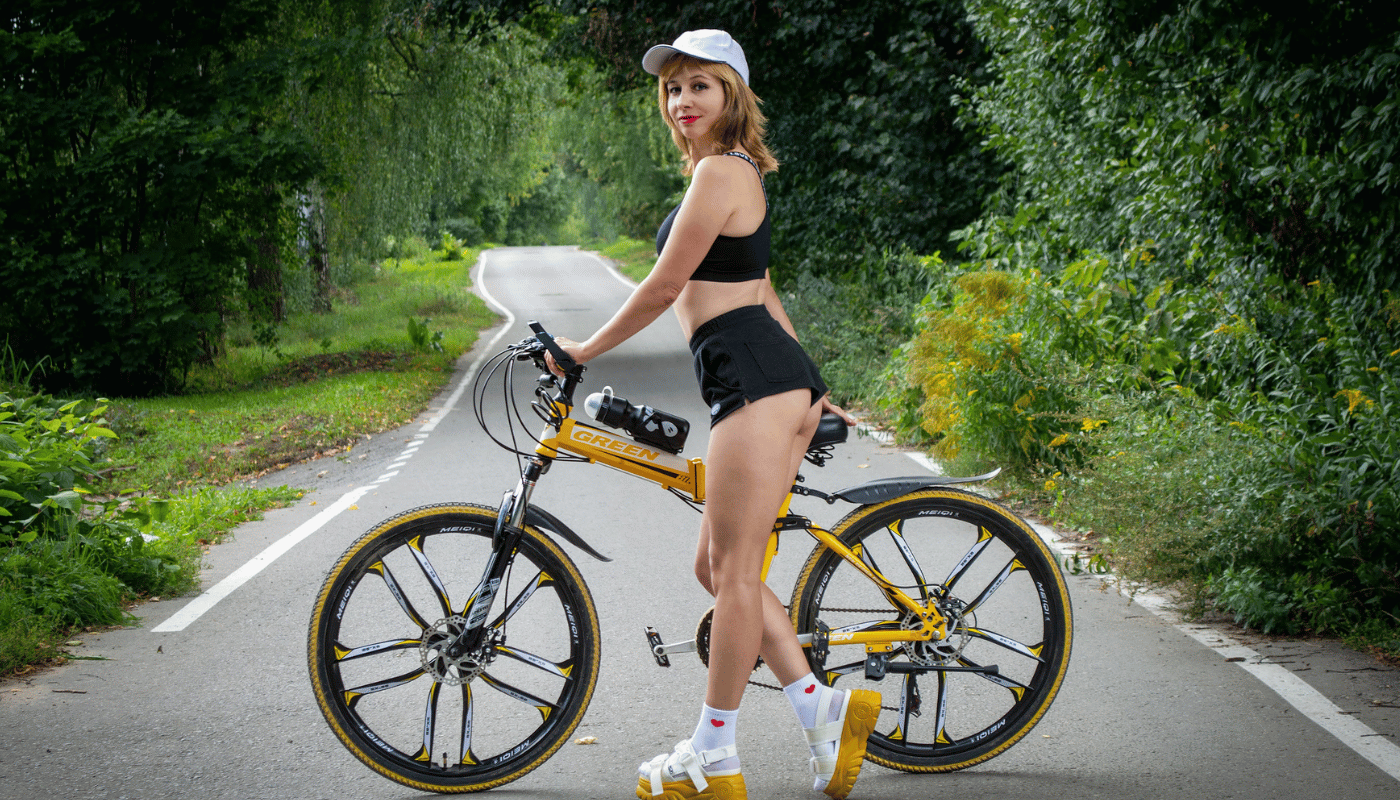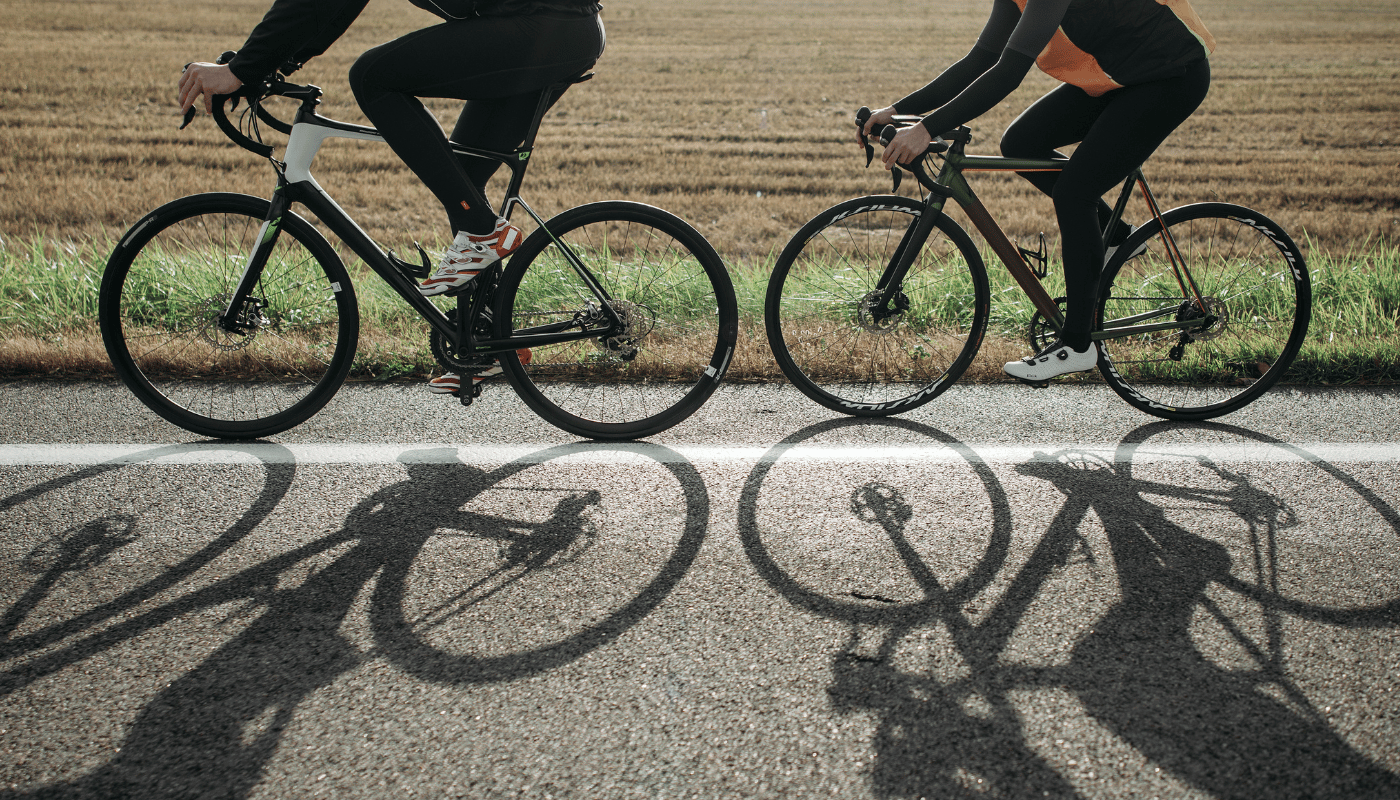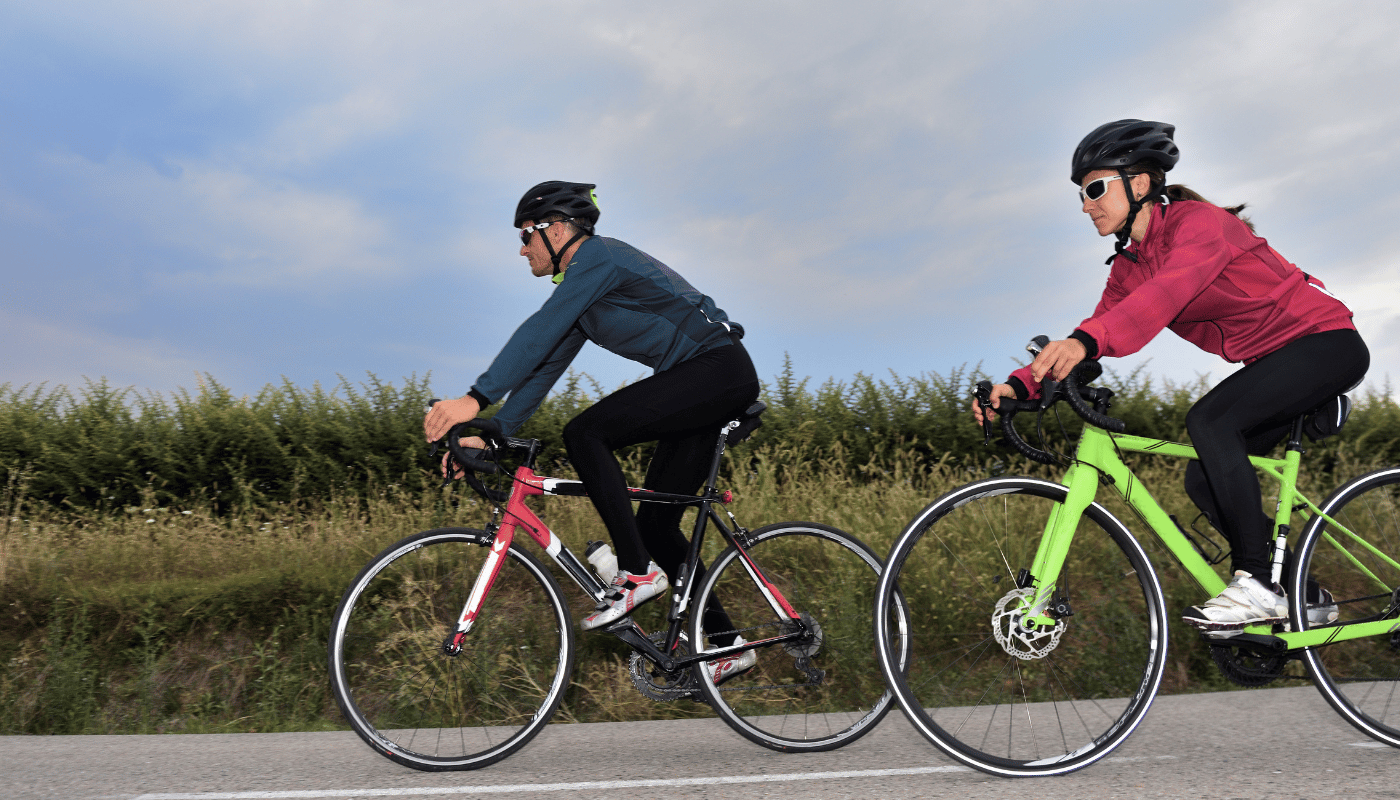The gluteal muscles, often called “the glutes,” are among the human body’s most potent and essential muscle groups. They consist of three main muscles: the gluteus maximus, gluteus medius, and gluteus minimus. These muscles stabilize the hips, support the spine, and enable various movements, including walking, running, jumping, and climbing stairs.
The gluteus maximus, the most significant muscle, primarily controls hip extension and outward rotation. This makes it a critical player in actions that require powerful leg movements, such as cycling or sprinting. The gluteus medius and minimus, on the other hand, play a significant role in maintaining balance and stabilizing the pelvis during activities like walking or standing on one leg.
Strong gluteal muscles are vital for athletic performance, maintaining proper posture and reducing the risk of injury. They contribute to efficient movement patterns, minimizing strain on other body areas, such as the knees and lower back. Weak glutes can lead to compensation by other muscles, often resulting in discomfort or long-term joint issues.
Given their importance, it’s no surprise that many people look to exercises like cycling to improve the strength and tone of their glutes. But does cycling lift your bum effectively? The answer largely depends on how cycling is performed, as well as the intensity and consistency of the activity. While cycling activates the glutes, combining it with complementary strength exercises is often necessary to achieve noticeable lifting and toning results.
How Cycling Activates the Glutes
Cycling is highly effective for engaging multiple muscle groups, including the glutes. When pedalling, the gluteus maximus is activated during the downstroke phase, particularly when pushing against resistance. This makes cycling a low-impact exercise that can strengthen the glutes over time.
Body positioning is critical in determining how much the glutes are engaged. For example, the quadriceps tend to take on more workload when cyclists lean forward or maintain a seated position. On the other hand, standing while cycling or riding uphill shifts more of the effort to the glutes and hamstrings. Proper alignment and posture are essential to maximize muscle engagement and prevent lower back or knee strain.
Several factors influence the effectiveness of cycling for glute activation. Adjusting variables like seat height, pedalling resistance, and cadence can significantly impact the muscles being worked. Cyclists looking to target their glutes specifically should pay attention to these elements and modify their training routines accordingly.
Factors Influencing Glute Engagement in Cycling:
- Seat height and position: Adjusting the seat to ensure a full range of motion for the legs increases glute activation.
- Pedalling resistance: Higher resistance levels force the glutes to work harder during the downstroke.
- Incline and terrain: Cycling uphill or using a stationary bike with incline settings intensifies glute involvement.
- Body positioning: Standing during pedalling or leaning slightly on the handlebars emphasizes the glutes.
- Duration and intensity: Prolonged, high-intensity sessions increase overall muscle engagement.
To achieve the best results, cyclists should incorporate variations in their routines. For example, alternating between seated and standing positions or combining flat terrain rides with hill climbs can activate the glutes throughout the workout.
Beyond technique, it’s essential to maintain consistency and proper form to maximize the benefits of cycling for the glutes. Complementary strength exercises, such as squats or lunges, can also enhance results, ensuring the glutes remain strong and well-defined.
Evaluating Whether Cycling Lifts Your Bum
Cycling is often praised for its ability to engage the gluteal muscles, leading many to wonder whether it can effectively lift and tone the bum. While cycling does target the glutes, especially during high-intensity sessions or uphill climbs, its ability to deliver noticeable results depends on several factors, including consistency, technique, and individual body composition.
Scientific studies and fitness experts agree that cycling activates the gluteus maximus during the pedalling motion, particularly during the downward push phase. However, the level of engagement varies based on resistance, cadence, and positioning. For instance, cycling on flat terrain with minimal resistance relies more on the quadriceps, while higher or uphill cycling shifts the focus to the glutes. This makes cycling an excellent tool for glute strengthening but may not be sufficient for dramatic toning or lifting.
Genetics also play a key role in determining how your body responds to cycling. Factors such as muscle fibre composition, fat distribution, and overall body type can influence whether cycling visibly enhances the appearance of the glutes. For individuals with naturally higher levels of muscle tone in their lower bodies, the cycling results may be more apparent.
That said, does cycling lift your bum in a way that creates noticeable aesthetic changes? The answer is both yes and no. While cycling can strengthen and shape the glutes to some extent, combining it with targeted strength training exercises, such as squats and lunges, is often necessary to achieve a fuller and more lifted appearance. Strength training helps to isolate and activate the glutes more effectively than cycling alone, ensuring a well-rounded workout routine.
Diet, recovery, and stretching support muscle growth and prevent injuries. Incorporating high-protein meals and maintaining proper hydration can enhance the benefits of cycling by promoting muscle repair and growth. Cycling provides an excellent foundation for glute activation, but achieving a visibly lifted bum requires a holistic approach combining cardio, strength training, and proper recovery techniques.
Complementary Exercises to Boost Glute Activation
While cycling is an excellent workout for engaging the glutes, combining it with targeted strength exercises can significantly improve glute development and overall results. Strength training helps stimulate muscle hypertrophy, essential for lifting and toning the glutes. Including a mix of exercises that isolate the gluteus maximus, medius, and minimus ensures balanced activation and better shaping.
Exercises like squats, deadlifts, and glute bridges are efficient because they focus on the posterior chain—the group of muscles that includes the glutes, hamstrings, and lower back. These exercises complement the endurance training provided by cycling, helping to build strength and muscle definition. Incorporating these exercises into your routine 2-3 times a week can help achieve noticeable improvements over time.
Table of Glute-Focused Exercises
| Exercise | Description | Benefits |
| Glute Bridge | Lie on your back, knees bent, and lift your hips upward. | Strengthens glutes and lower back. |
| Squats | Lower hips while keeping back straight. | Engages glutes, quads, and hamstrings. |
| Deadlifts | Lift weights while bending at the hips. | Builds posterior chain strength. |
| Step-Ups | Step onto a raised surface with alternating legs. | Improves balance and targets glutes. |
| Hip Thrusts | Use a bench for support; thrust hips upward. | Isolates glutes and improves definition. |
These highly adaptable exercises can be performed at home or in the gym. Use progressive overload—gradually increasing resistance or weights—to challenge the muscles and promote growth.
After performing strength exercises, it’s essential to allow adequate recovery time to avoid overtraining. Rest days are crucial for muscle repair and growth. Combining these exercises with regular cycling creates a well-rounded fitness plan that targets endurance and strength simultaneously.
While cycling engages the glutes, adding complementary exercises like those above will help achieve more noticeable results. By focusing on strength and hypertrophy, you can enhance your cycling workouts and build stronger, more defined glutes.
How to Optimize Cycling for Glute Gains
Cycling can be an excellent workout for targeting the glutes, but to truly optimize its impact, specific adjustments and strategies are necessary. While the natural pedalling motion engages the glutes, small changes to technique and routine can significantly increase muscle activation and promote better results.
One of the most effective ways to enhance glute engagement is by incorporating resistance into your cycling sessions. Increasing the resistance level on a stationary bike or cycling uphill outdoors forces the glutes to work harder during the downstroke phase. Additionally, varying your riding positions—such as alternating between seated and standing intervals—can help activate different parts of the gluteal muscles.
Posture also plays a crucial role in optimizing glute engagement. Maintaining a slight forward lean with a neutral spine helps shift some of the workload from the quads to the glutes. Proper alignment enhances muscle activation and prevents unnecessary knee and lower back strain.
Warm-ups and recovery are equally essential components of an effective cycling routine. Warming up before a session helps loosen the muscles, increase blood flow, and reduce the risk of injury. Dynamic stretches, such as leg swings and hip circles, are particularly beneficial for preparing the glutes for the demands of cycling. After a workout, recovery activities like foam rolling and static stretching can alleviate muscle soreness and improve flexibility.
So, does cycling lift your bum on its own? While cycling provides a solid foundation for glute engagement, optimizing your technique and incorporating targeted strategies is key to achieving noticeable results. Consistency is also critical; a regular cycling routine, progressive resistance, and proper recovery can gradually improve glute strength and tone. However, pairing cycling with complementary strength exercises like squats and lunges will amplify the results, making your fitness journey more compelling.
Common Mistakes to Avoid While Cycling for Glute Development
Cycling is a great way to work on glute development, but several common mistakes can prevent you from maximizing its benefits. Understanding and correcting these errors can make your workouts more effective and help you achieve better results.
One of the most frequent mistakes is improper seat height. A seat that is too low reduces the range of motion, limiting glute activation during pedalling. Conversely, a too high seat can cause overextension, leading to discomfort and strain. Ensuring the seat is at the correct height is crucial for engaging the glutes optimally and maintaining proper alignment.
Another standard error is relying too heavily on the quadriceps. While cycling naturally activates the quads, leaning too far forward or failing to engage the core can minimize glute involvement. Proper posture, including a slight forward lean with a neutral spine, helps balance the workload between muscle groups and ensures the glutes are fully engaged.
Common Mistakes and How to Avoid Them:
- Improper seat height: Adjust the seat to allow a slight knee bend at the bottom of the pedal stroke for a full range of motion.
- Low resistance settings: Avoid cycling with minimal resistance; increase resistance to challenge the glutes effectively.
- Leaning too far forward: Maintain an upright position with a slight forward tilt to engage the glutes more.
- Over-reliance on quads: Focus on the downstroke and use your glutes to push through the pedal motion.
- Skipping warm-ups: Begin each session with dynamic stretches to prepare the glutes for the activity.
Addressing these common mistakes can make your cycling sessions more efficient and productive. It’s also important to focus on proper recovery techniques, such as stretching and foam rolling, to reduce muscle tightness and maintain flexibility.
Beyond avoiding these errors, incorporating variations into your cycling routine can improve glute activation. For instance, adding uphill sprints or resistance intervals can challenge the muscles in new ways, promoting strength and endurance.
Simple adjustments to your form, technique, and routine can significantly impact glute development while cycling. Avoiding these common pitfalls ensures you get the most out of every ride and progress toward your fitness goals effectively.
End: Does Cycling Lift Your Bum?
In conclusion, cycling is a practical and versatile exercise for engaging the glutes, but its ability to lift your bum depends on various factors. The natural pedalling motion activates the gluteus maximus, medius, and minimus, especially when combined with proper technique, resistance, and body positioning. However, while cycling strengthens and tones the glutes, it may not provide enough isolated stimulation to achieve a visibly lifted appearance.
So, does cycling lift your bum entirely? The answer lies in your overall approach. Cycling is an excellent foundation for building glute endurance and strength, but combining it with complementary exercises like squats, deadlifts, and hip thrusts is crucial for achieving more significant results. These strength-focused movements help target the glutes directly, promoting muscle hypertrophy and definition.
Consistency and proper form remain key components of any successful fitness routine. Regular cycling sessions, resistance adjustments, and uphill rides enhance glute engagement over time. At the same time, avoiding common mistakes such as improper seat height or over-reliance on the quads ensures that your efforts are both safe and effective.
It’s also important to remember that individual results may vary based on genetics, body composition, and training intensity. While cycling can play a vital role in your glute training regimen, achieving a more lifted and toned appearance often requires a combination of endurance training, strength exercises, and recovery practices.
By integrating these elements into your fitness routine, you can enjoy the many benefits of cycling while progressing toward your glute development goals. Whether riding on flat terrain or tackling steep hills, every effort contributes to a more substantial, defined lower body.



